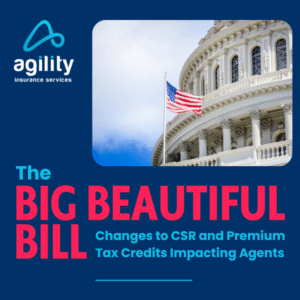FEDERAL POVERTY LEVEL (FPL): A measure of income issued every year by the Department of Health and Human Services (HHS). Federal poverty levels are used to determine your eligibility for certain programs and benefits, including savings on Marketplace health insurance, and Medicaid and CHIP coverage.
The 2019 federal poverty level (FPL) income numbers below are used to calculate eligibility for Medicaid and the Children’s Health Insurance Program (CHIP). 2018 numbers are slightly lower, and are used to calculate savings on Marketplace insurance plans for 2019.
- $12,490 for individuals
- $16,910 for a family of 2
- $21,330 for a family of 3
- $25,750 for a family of 4
- $30,170 for a family of 5
- $34,590 for a family of 6
- $39,010 for a family of 7
- $43,430 for a family of 8
How federal poverty levels are used to determine eligibility for reduced-cost health coverage.
- Income between 100undefined FPL: If your income is in this range, in all states you qualify for premium tax credits that lower your monthly premium for a Marketplace health insurance plan.
- Income below 138undefined FPL and your state has expanded Medicaid coverage, you qualify for Medicaid based only on your income.
- Income below 100undefined FPL, you probably won’t qualify for savings on a Marketplace health insurance plan or for income-based Medicaid.
“Income” above refers to “modified adjusted gross income” (MAGI). For most people, it’s the same or very similar to “adjusted gross income” (AGI). MAGI isn’t a number on your tax return.
Read More at: https://www.healthcare.gov/glossary/federal-poverty-level-fpl/



